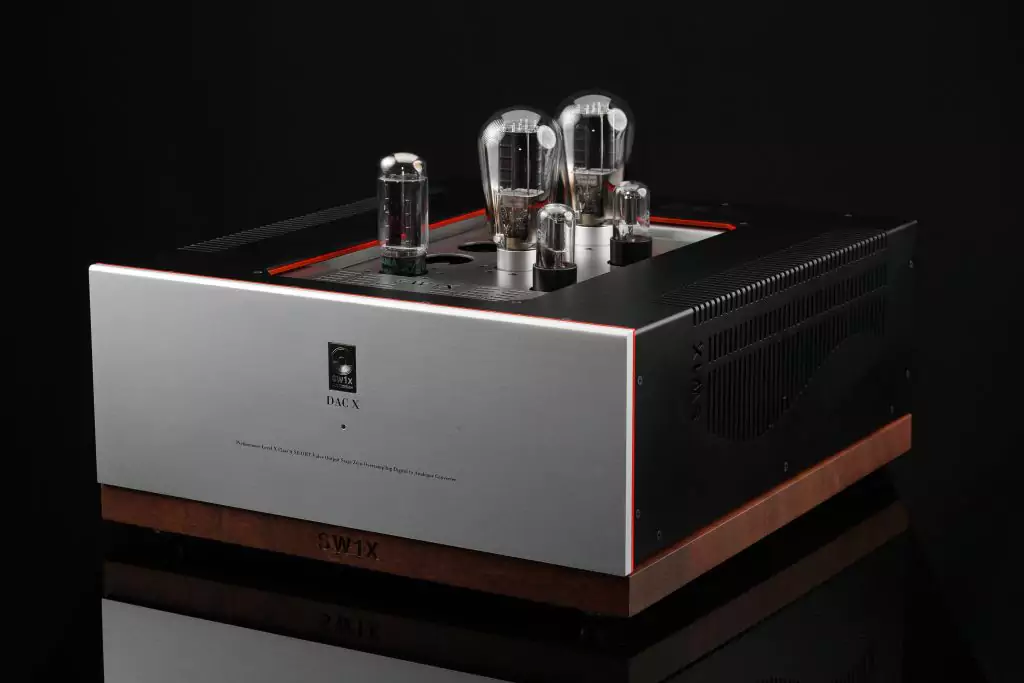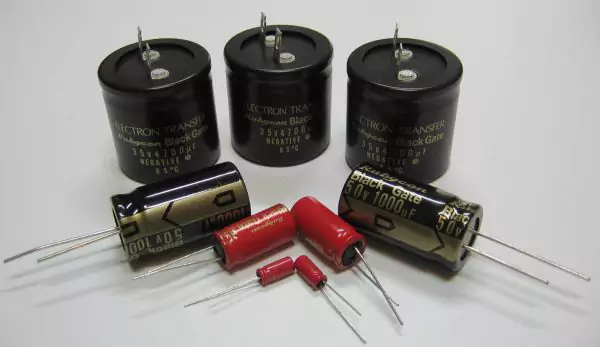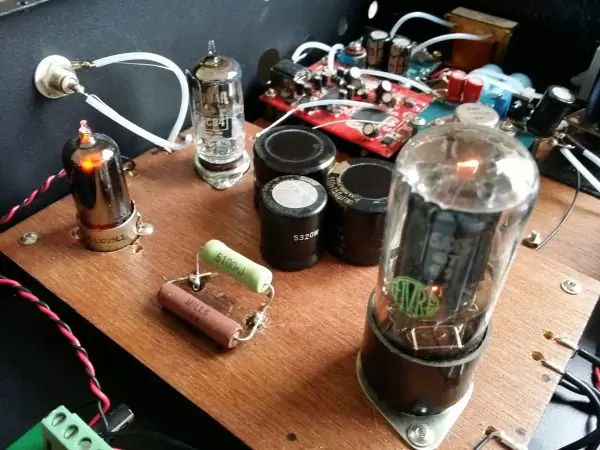Delta Sigma vs Non-oversampling R2R DAC Designs
The NOS R2R DAC design with special emphasis on non-oversampling (without digital signal filter or manipulation of any kind) sounds completely different to the same DAC but with digital filtering or noise-shaping Delta Sigma, digital signal processing (DSP) type (also in form of FPGA) of digital circuit. In the right design, a great R2R DAC in non-oversampling mode presents music in way more deeper, more organic and natural way than any DS type of DAC. The analogy is akin to comparison of pictures taken with a) a camera equipped with proper optical lens (non-oversampling R2R DAC) and b) with a camera taken with a digital zoom and a lot of DSP post-processing, done by the software and hardware of a camera (DS DAC). Pictures taken with a) have sense of depth, are more natural in their textures and are smoother in their transients. There is no post-processing and all original data is presented more or less as captured. Pictures taken with b) are flatter, textures are more synthetic and are edgier in the transients as post-processing was applied to interpolate the missing data and all results heavily depends on post-processing algorithm chosen. The same pretty much applies to the sonic presentation. There is obviously more to it than whether the DAC is DS or R2R type but overall it is a valid analogy as long all other variables are kept equal… Read More
Delta Sigma vs Non-oversampling (NOS) R2R DAC Designs Explained
Follow us on Facebook, Instagram, YouTube and Pinterest. Join the official SW1X Audio Club




